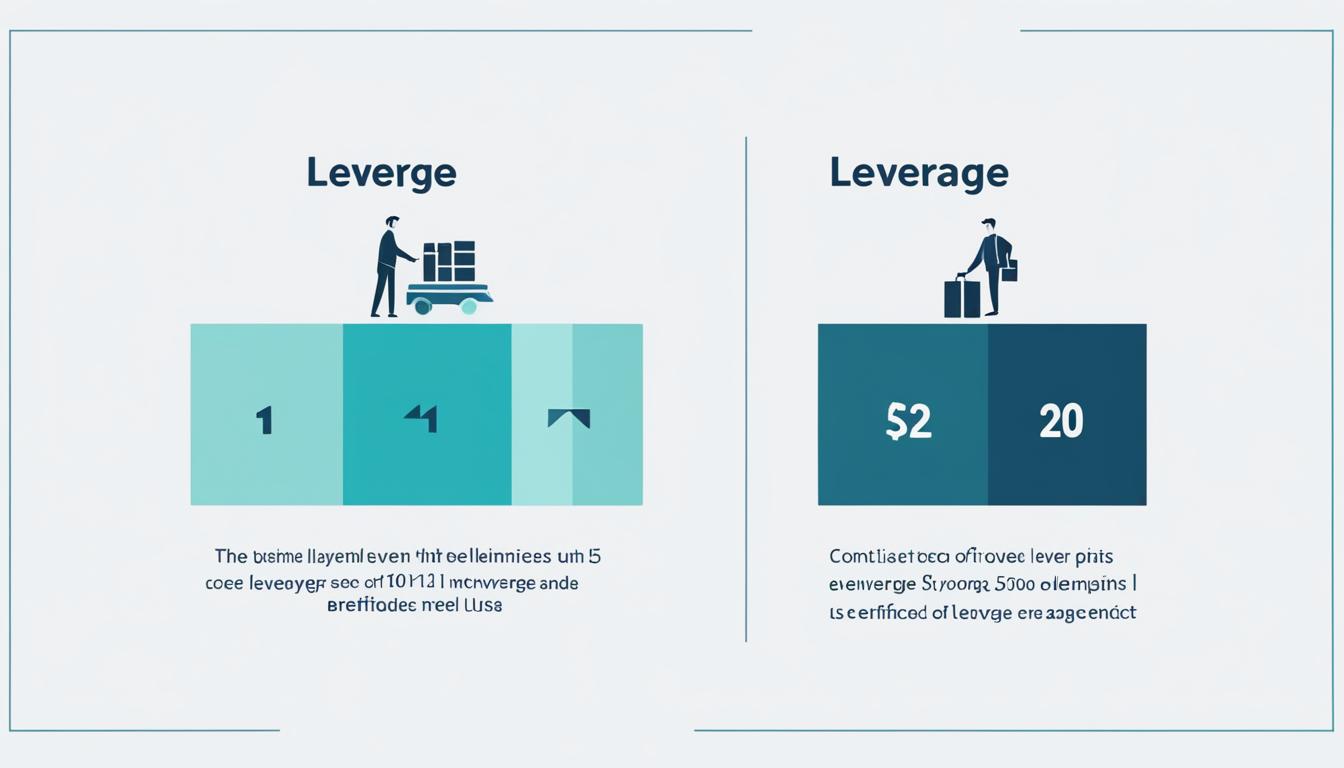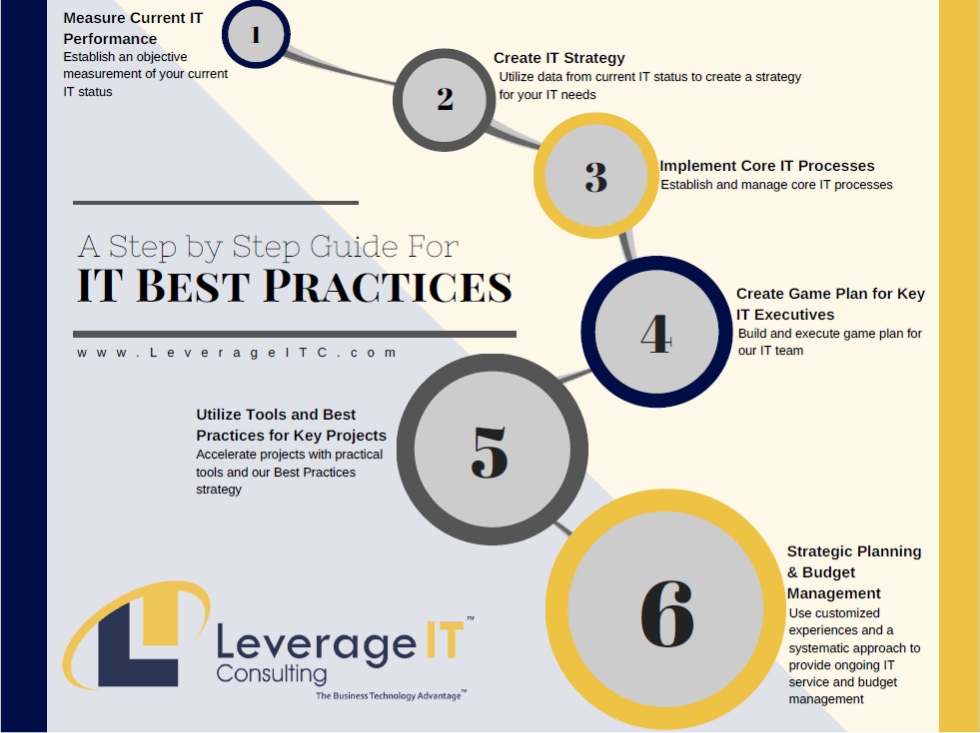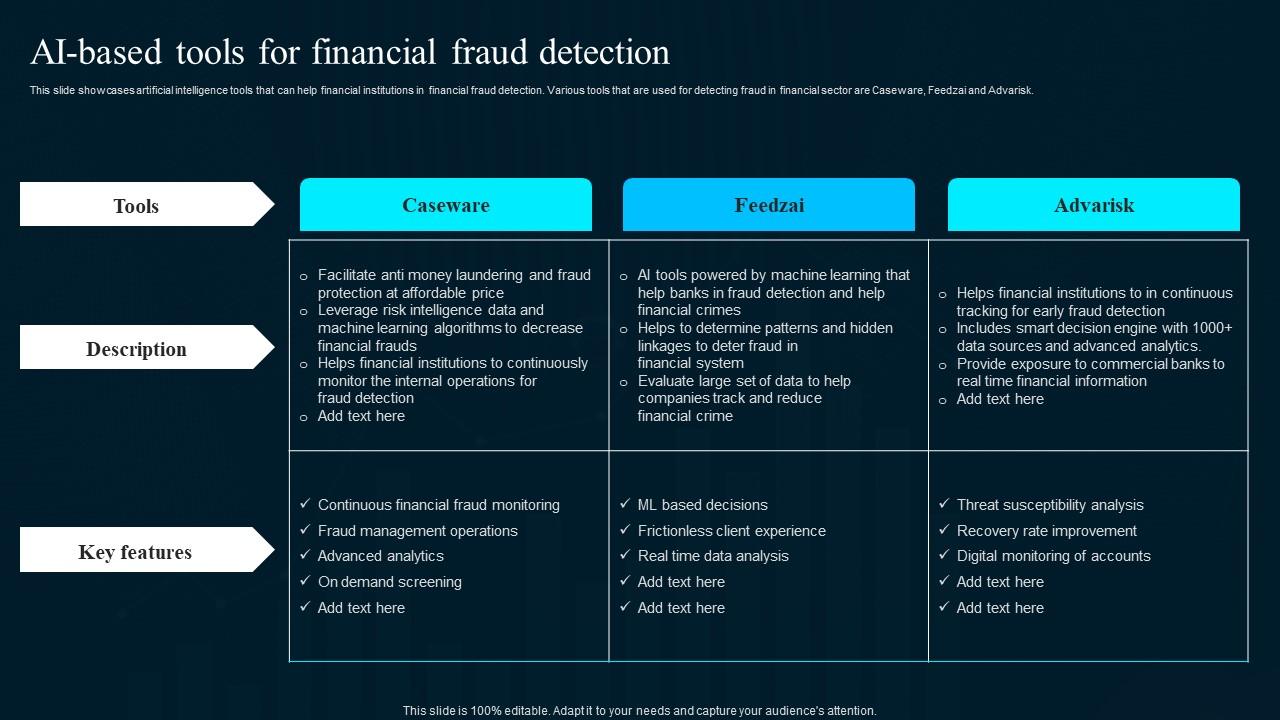Did you know that using leverage in trading can feel a bit like riding a roller coaster—exciting but potentially stomach-churning? In this article, we delve into the critical aspects of evaluating leverage risk in day trading strategies. You'll learn how to identify leverage, recognize common risks, and understand how it can magnify losses. We’ll discuss effective measurement techniques, indicators of excessive leverage, and the impact of margin. Additionally, we’ll cover warning signs of high leverage danger, the role of volatility, and best practices for managing risk. Plus, discover how to leverage stop-loss orders, adhere to regulatory rules, and maintain a balanced approach to leverage in your trading strategies. Let DayTradingBusiness guide you through the complex world of leverage risk management.
How do I identify leverage in day trading?
To evaluate leverage risk in day trading, check your broker's margin requirements and leverage ratio. Look at how much your position size amplifies gains and losses—higher leverage means bigger risks. Use a margin calculator to see potential losses if the market moves against you. Monitor your margin level—if it drops close to the broker’s minimum, your leverage risk increases. Always set stop-loss orders to limit downside and avoid over-leveraging on volatile assets.
What are common leverage risks in day trading?
Common leverage risks in day trading include amplified losses, margin calls, and rapid account depletion. High leverage can wipe out your capital quickly if trades move against you. Overleveraging leads to margin calls, forcing you to add funds or close positions unexpectedly. It increases emotional stress, causing impulsive decisions. Unexpected market swings can magnify small errors into significant losses. Always assess your risk tolerance and use lower leverage to avoid losing more than your initial investment.
How does leverage amplify trading losses?
Leverage magnifies trading losses because it allows you to control larger positions with less capital. If the market moves against your position, losses are based on the full position size, not just your invested amount. High leverage means small unfavorable price swings can wipe out your account quickly. Always evaluate leverage risk by understanding that it increases potential losses as well as gains, and use stop-loss orders to limit downside.
How can I measure leverage risk effectively?
To measure leverage risk in day trading, track your margin usage and position sizes relative to your account balance. Use stop-loss orders to limit potential losses on highly leveraged trades. Calculate your risk-to-reward ratio for each trade, ensuring leverage doesn’t amplify losses beyond your comfort zone. Monitor your maximum drawdown during trading sessions to spot excessive leverage exposure. Tools like Value at Risk (VaR) models help quantify potential losses under market fluctuations. Regularly assess your leverage level against market volatility to prevent overexposure.
What indicators show excessive leverage use?
Indicators like high margin levels, large position sizes relative to account balance, and rapid increases in borrowed funds signal excessive leverage. Watch for widening bid-ask spreads and frequent margin calls. Elevated margin utilization and sudden account equity drops also indicate risky leverage use.
How does margin impact leverage risk?

Margin amplifies leverage risk because borrowing funds increases potential gains but also magnifies losses. If the market moves against your position, a small price change can wipe out your initial margin, leading to a margin call or liquidation. High leverage means less room for error—your risk of significant losses rises as margin use grows. To evaluate leverage risk, analyze your margin ratio, understand your position size relative to your account balance, and consider how market volatility could quickly deplete your margin.
What are the warning signs of high leverage danger?
Warning signs of high leverage danger include sudden margin calls, amplified losses relative to account size, rapid account equity drops, and increased volatility in trade positions. If your trades start showing large swings or you receive margin warning messages frequently, you're risking too much leverage. High leverage can turn small market moves into big losses quickly, so watch for signs like overtrading with borrowed funds or consistently pushing your position sizes to the max.
How to set safe leverage limits in day trading?
To evaluate leverage risk in day trading, analyze your trading capital and risk tolerance. Use conservative leverage ratios—generally 2:1 or lower—to prevent large losses. Calculate your position size based on a fixed percentage of your account, typically 1-2%, to limit exposure. Monitor margin requirements and avoid over-leveraging during volatile market swings. Implement stop-loss orders to cap potential losses and test your strategy with paper trading before real positions. Regularly review market conditions and adjust leverage limits accordingly.
What role does volatility play in leverage risk?
Volatility amplifies leverage risk by increasing price swings, making leveraged positions more prone to rapid losses. High volatility means larger market moves, which can quickly wipe out your margin if the trade goes against you. In day trading, analyzing volatility helps assess how much your leveraged positions could be affected, guiding you to set appropriate stop-loss levels and avoid over-leverage. Essentially, the more volatile the market, the higher the leverage risk—requiring careful risk management.
How can I use stop-loss to manage leverage risk?
Set a stop-loss order at a level that limits your potential loss to a small percentage of your trading capital. Use it to automatically exit a trade if the market moves against your position beyond your risk tolerance. This prevents small adverse moves from turning into large losses, effectively managing leverage risk. Adjust stop-loss placement based on volatility and your risk appetite to avoid getting stopped out prematurely.
What are the best practices for managing leverage?

To evaluate leverage risk in day trading, analyze your margin levels and position sizes carefully. Use stop-loss orders to limit potential losses and avoid over-leveraging. Regularly assess market volatility; higher volatility increases leverage risk. Keep leverage ratios within your risk appetite and ensure your trading account can absorb sudden price swings. Monitor your margin utilization and avoid margin calls by maintaining sufficient cash reserves. Finally, backtest your strategies to see how leverage amplifies gains and losses under different market conditions.
How does leverage affect trading psychology?
Leverage amplifies potential gains and losses, increasing emotional pressure during trades. It can cause traders to feel overconfident or panicked, leading to impulsive decisions. High leverage raises stress levels, making it harder to stay disciplined. Understanding leverage risk helps traders keep emotions in check and avoid reckless trades. Properly assessing leverage in day trading ensures you manage psychological stress and stick to your strategy.
Learn about How does leverage affect day trading psychology?
What are the regulatory rules on leverage for day traders?
Regulatory rules on leverage for day traders vary by country. In the US, the SEC and FINRA limit retail day trading margin to 25:1 for stocks, meaning traders can borrow up to 25 times their account equity. In Europe, ESMA caps leverage at 30:1 for major currency pairs but lower for others. Australia’s ASIC restricts leverage to 20:1 for forex. Always check your local regulatory authority’s rules, as they set maximum leverage limits to control risk.
How to balance leverage and risk in strategies?
To evaluate leverage risk in day trading, analyze your position sizes relative to your account. Use stop-loss orders to limit potential losses and avoid overleveraging. Calculate the margin requirement and ensure you can sustain adverse moves without margin calls. Monitor your risk-reward ratio for each trade, aiming for setups that justify leverage use. Regularly review your trading performance and adjust leverage levels to prevent excessive exposure. Incorporate risk management tools like maximum drawdown limits and diversify trades to reduce overall leverage risk.
What tools help monitor leverage exposure?

Tools like margin calculators, real-time risk management software, and trading platforms with leverage exposure dashboards help monitor leverage risk. They show your margin level, potential liquidation points, and overall leverage ratios. Using these tools prevents overleveraging and alerts you before risks escalate.
How can I test leverage risk in simulated trading?
To test leverage risk in simulated trading, set your trading platform’s leverage to your intended level. Use historical data or real-time market conditions to run your day trading strategies without risking actual money. Observe how your losses and gains behave under different market swings, especially during volatile periods. Pay attention to margin calls, drawdowns, and how quickly your account can be wiped out if the market moves against you. Adjust leverage levels to see at what point your risk management strategies fail or succeed. This helps you understand your leverage risk and refine your trading approach accordingly.
Learn about How to minimize leverage risk in day trading?
Conclusion about How to evaluate leverage risk in day trading strategies?
In summary, evaluating leverage risk in day trading is crucial for maintaining a balanced and profitable strategy. By identifying leverage levels, understanding common risks, and utilizing effective measurement tools, traders can better manage their exposure and protect their capital. Implementing best practices, such as setting safe leverage limits and using stop-loss orders, can mitigate potential losses. With the right approach, including awareness of volatility and psychological effects, traders can navigate the complexities of leverage successfully. For comprehensive insights and support in mastering day trading, consider leveraging the expertise offered by DayTradingBusiness.
Learn about How Do Prop Firms Affect Day Trading Strategies?
Sources:
- FRB: Supervisory Letter SR 09-1 on Application of the Market Risk ...
- A stochastic dominance approach to financial risk management ...
- Heterogeneous market hypothesis approach for modeling unbiased ...
- Betting against beta with intraday and overnight signals ...
- How to Evaluate Trading Strategies: Single Agent Market Replay or ...
- Artificial intelligence techniques in financial trading: A systematic ...